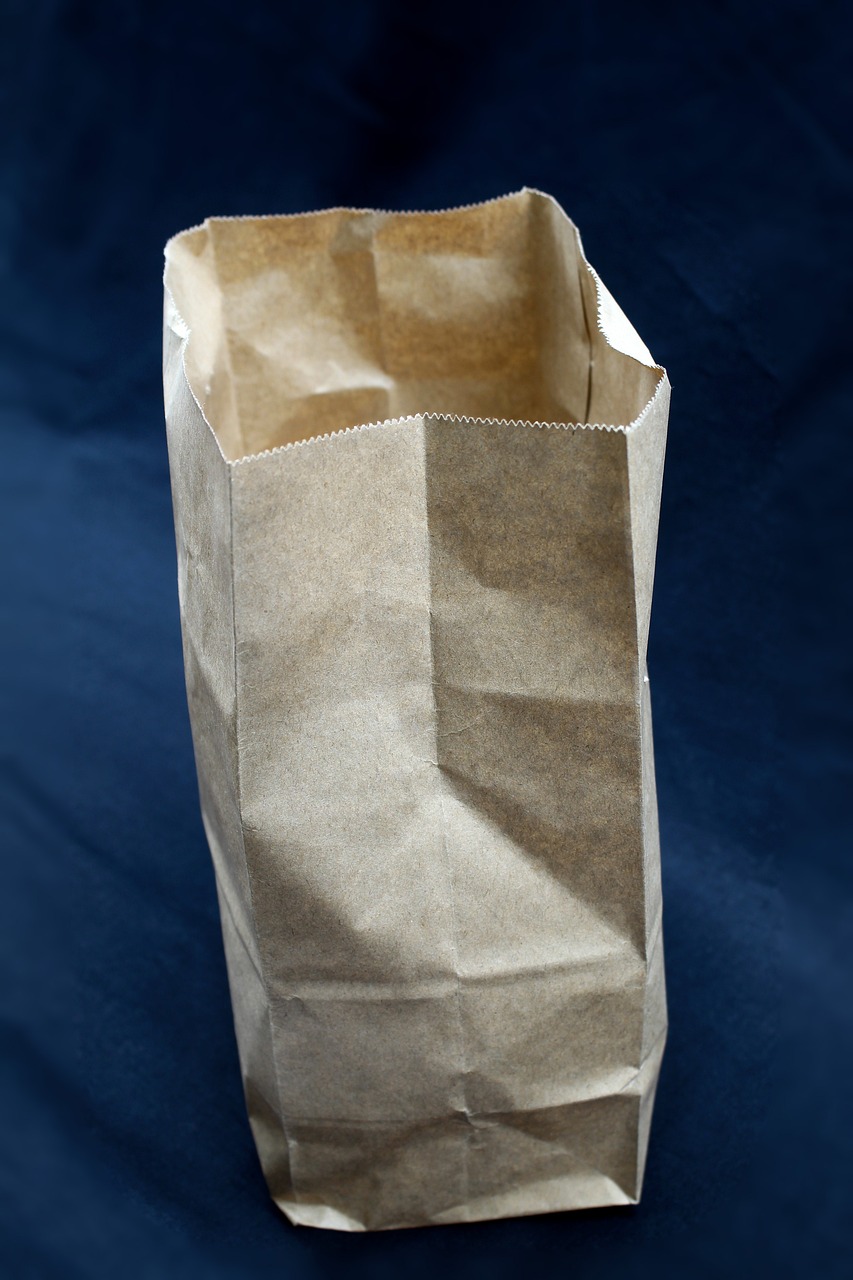
What is tube tub packaging – explanation
Tube tub packaging is a versatile and innovative solution for storing and delivering a wide range of products. The tubes are made from recyclable materials, making them an eco-friendly choice for industries prioritizing sustainability. The packaging format is widely used across industries such as cosmetics, pharmaceuticals, food, and personal care, offering a durable and customizable solution for various applications.
Characteristics of tube tub packaging
What is tube tub pakaging? Tube packaging stands out due to its practical design and adaptability to different product needs. The tubes are typically made from high-quality materials that ensure the durability and integrity of the products inside. Depending on the specific requirements, the packaging can be tailored to different sizes, diameters, and shapes, including round or square designs. This flexibility makes them suitable for various applications, from storing delicate substances to more robust products.
Production and materials
One of the key features of tube packaging is that it is made from recyclable materials, ensuring it aligns with growing demands for sustainability. The production of these tubes involves advanced techniques that allow for high-quality printing and labeling, making it easy for brands to showcase their identity and product information. Labels and other design elements can be applied seamlessly, thanks to the adaptability of the materials used.
Tube tub packaging is also highly resistant to external factors such as moisture and air, which contributes to its durability and suitability for products requiring long shelf lives.
Applications across industries
The wide range of applications for tube tub packaging is one of its most attractive features. They are widely used in:
- Cosmetics and Personal Care – Ideal for creams, lotions, and gels, offering precise dispensing and preserving the product's quality.
- Food Industry – Used for sauces, condiments, and other edible substances, maintaining freshness and flavor.
- Pharmaceuticals – Protects sensitive substances like ointments or medicinal creams, ensuring safety and hygiene.
- Stationery – Tubes can also be utilized for products like glue, paints, or even maps.
Thanks to their eco-friendly nature and wide range of available options, these tubes are becoming increasingly popular in other sectors as well, such as industrial adhesives and chemicals.
Customization options
Tube packaging is not only functional but also aesthetically versatile. Depending on the brand's needs, it can be customized in the material, size, diameter, and printing. These options allow companies to create a unique look while ensuring the packaging meets its functional requirements. This customization is especially beneficial for brands looking to stand out on the shelf or create an eco-conscious image.
The benefits of tube tub packaging
The benefits of tube packaging are numerous and include the following:
- Eco-Friendly Materials – Tubes are often made from recyclable materials, reducing environmental impact.
- Wide Range of Applications – Suitable for various industries, from food to pharmaceuticals.
- Durability – Resistant to external elements, ensuring product safety.
- Customizability – Flexible in design and branding, offering a competitive edge.
- Convenience – Easy to store, transport, and use.
Conclusion
Tube tub packaging is a highly versatile and eco-friendly solution for modern packaging needs. Thanks to its adaptability, durability, and wide range of applications, it has become a preferred choice for many industries. Whether you're looking to package cosmetics, food, or pharmaceutical products, tube packaging offers the ideal balance of functionality and sustainability. Its ability to be customized and made from recyclable materials makes it a future-proof option for businesses seeking to combine practicality with environmental responsibility.
